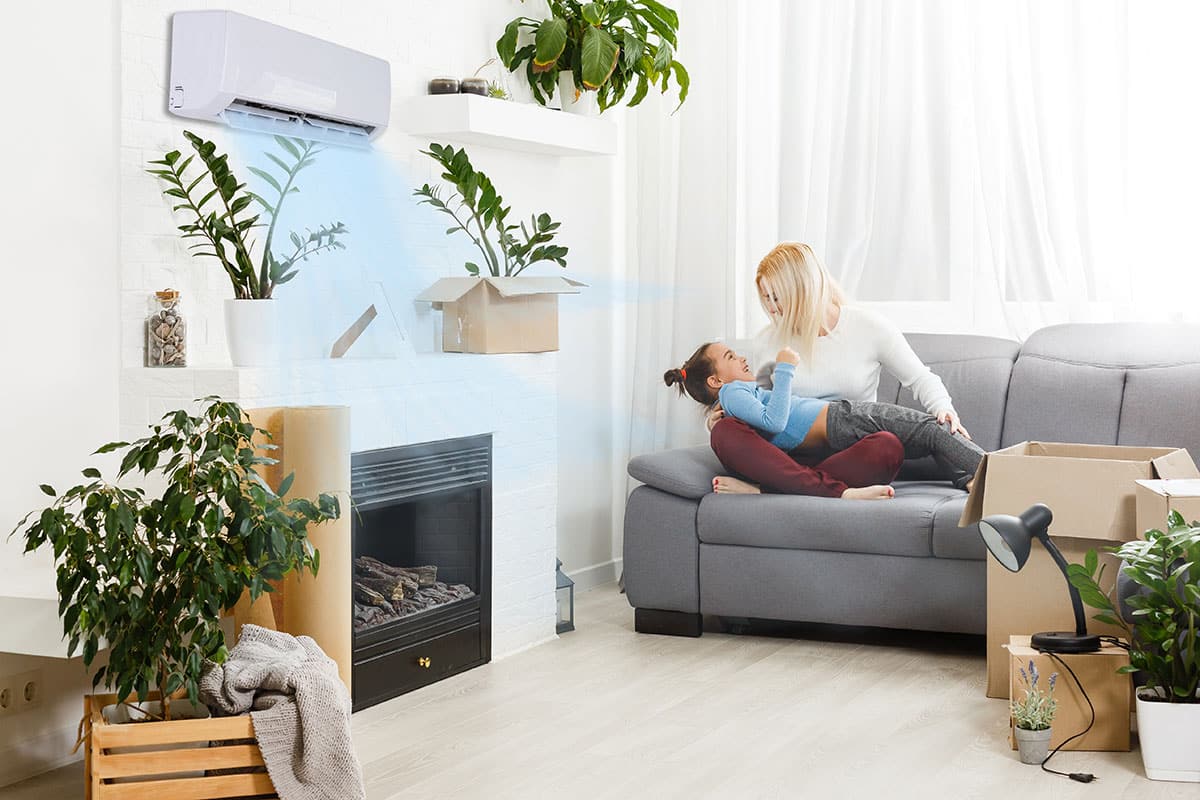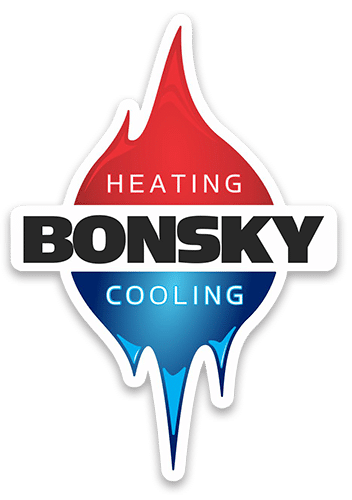Tips for Improving Indoor Air Quality

Indoor air quality can have a significant impact on your health and overall well-being. Poor indoor air quality can cause a variety of health issues, including allergies, respiratory problems, and even headaches. Fortunately, there are several simple steps you can take to improve the quality of the air in your home. In this article, we’ll discuss tips for improving indoor air quality so you can breathe easy and enjoy a healthier living environment.
Identify and Eliminate Sources of Pollution
One of the first steps in improving indoor air quality is identifying and eliminating sources of pollution. Many common household items, such as cleaning products, tobacco smoke, and pet dander, can contribute to poor indoor air quality.
Tobacco Smoke
Tobacco smoke is a significant source of indoor air pollution. If you or someone in your home smokes, consider quitting or moving smoking outdoors to reduce the impact on indoor air quality.
Cleaning Products
Cleaning products can also contribute to poor indoor air quality. Consider switching to natural, non-toxic cleaning products to reduce the amount of harmful chemicals in your home’s air supply.
Increase Ventilation
Proper ventilation is another key factor in improving indoor air quality. Ventilation helps to circulate fresh air throughout your home, reducing the concentration of pollutants and allergens in the air.
Open Windows and Doors
One simple way to increase ventilation is to open windows and doors. This allows fresh air to circulate throughout your home and can help reduce the concentration of pollutants and allergens in the air.
Use Exhaust Fans
Using exhaust fans in bathrooms and kitchens can also help increase ventilation and reduce the concentration of pollutants in the air. Make sure that exhaust fans are vented to the outside and not into the attic or other enclosed spaces.
Use Air Purifiers
Air purifiers are another effective way to improve indoor air quality. These devices work by removing pollutants and allergens from the air, helping to create a healthier living environment.
HEPA Filters
When selecting an air purifier, look for one with a HEPA filter. HEPA filters are highly effective at removing pollutants and allergens from the air and can significantly improve indoor air quality.
UV-C Light
Another option to consider is an air purifier with UV-C light. UV-C light can kill germs and bacteria in the air, helping to reduce the spread of illness and improve indoor air quality.
Regularly Change Air Filters
Regularly changing air filters is another important step in improving indoor air quality. Air filters are designed to trap pollutants and allergens, but if they become clogged, they can’t do their job effectively.
Follow Manufacturer Guidelines
Check the manufacturer guidelines for your HVAC system to determine how often you should change the air filter. In general, it’s recommended to change the air filter every 1-3 months.
Consider Upgrading Filters
Consider upgrading to a high-efficiency air filter to further improve indoor air quality. These filters are designed to trap smaller particles and can be highly effective at removing pollutants and allergens from the air.
Maintain Humidity Levels
Maintaining proper humidity levels is another important factor in improving indoor air quality. High humidity levels can promote the growth of mold and mildew, while low humidity levels can lead to dry skin and respiratory issues.
Use a Humidifier or Dehumidifier
Using a humidifier or dehumidifier can help maintain proper humidity levels in your home. A humidifier can add moisture to the air, while a dehumidifier can remove excess moisture.
Monitor Humidity Levels
It’s important to monitor humidity levels in your home to ensure they remain within the recommended range of 30-50%. You can use a hygrometer to measure humidity levels and adjust your humidifier or dehumidifier as needed.
Keep Your Home Clean
Keeping your home clean is another important step in improving indoor air quality. Regular cleaning can help reduce the amount of pollutants and allergens in the air.
Dust and Vacuum Regularly
Dusting and vacuuming regularly can help remove dust, pet dander, and other allergens from your home. Use a vacuum with a HEPA filter to trap smaller particles and ensure they aren’t recirculated back into the air.
Wash Bedding and Linens
Washing bedding and linens regularly can also help reduce the amount of allergens in your home. Be sure to wash them in hot water to kill dust mites and other allergens.
Conclusion
Improving indoor air quality is essential to maintaining a healthy living environment. By identifying and eliminating sources of pollution, increasing ventilation, using air purifiers, regularly changing air filters, maintaining proper humidity levels, and keeping your home clean, you can significantly improve indoor air quality and reduce the risk of health issues. If you have concerns about indoor air quality in your home, consider contacting an HVAC professional to assess your HVAC system and provide recommendations for improvement. With the right steps, you can breathe easy and enjoy a healthier living environment.
Schedule Service for Your Home’s HVAC System
To Schedule a Service appointment, click the “SCHEDULE NOW” button at top of the page, or call (330)-499-3633 to speak to one our friendly Comfort Team members.

